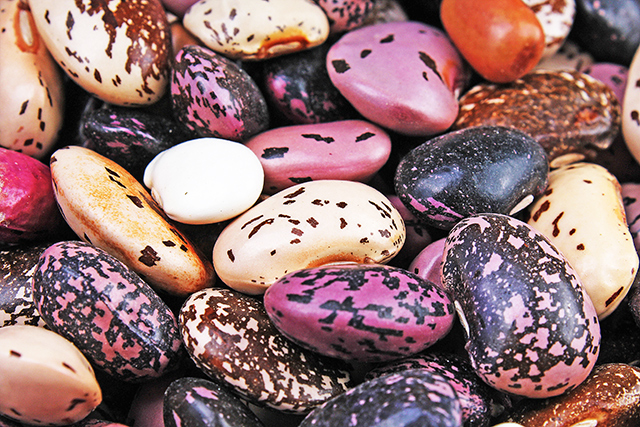Build good eating habits from the beginning: Eating spicy food, strong flavors while breastfeeding gives babies more mature taste buds
01/24/2018 / By Michelle Simmons

If you want your child to be accustomed to spicy foods and other strong flavors, start eating these foods while breastfeeding, doctors suggest. This is contrary to the myth that eating spicy foods, such as chili, while breastfeeding will cause excessive gas and fussiness in babies.
Jennifer Wider, medical adviser for the Society for Women’s Health Research, told Daily Mail Online that there is no proof that eating strong flavors has a negative effect on nursing babies. She also said that there is no problem with breastfeeding a child right after eating a peppery dish because the gas the mother may experience is a local response in the stomach or intestines.
“It’s important to remember that breast milk is not formulated directly from the digestive tract, it is formulated from the mother’s blood,” Wider explained. “So if [a nursing mom] eats cruciferous vegetables for example, the nutrients will be pulled into the breast milk but the gassy component may not affect the baby.”
However, she also said that this does not mean that babies are not sensitive to specific foods, because every infant is different.
Instead, she suggested that eating a variety of flavors, such as spicy foods, will improve the taste buds of babies, which in turn will prevent them from being fussy eaters later on. Food can get into the breast milk at an average of four to six hours, but it can be shortened to one hour or extended to 24 hours because of factors such as body chemistry and metabolism. After the consumed food is broken down into protein, fats, carbohydrates, minerals, and water, they are absorbed into the bloodstream and are transported through the blood vessels to the mammary glands. In addition, flavors and scent molecules are also transported into the breast milk. The same process occurs during pregnancy when the baby eats what the mother consumes via the bloodstream and amniotic fluid.
Therefore, if the mother typically consumed spicy foods before she began breastfeeding, her child is more likely already accustomed to these flavors when they start nursing, said Paula Meier, doctor and professor at Rush University Medical Centre, told Parents, as cited by Daily Mail Online.
Different studies also suggested that food with strong flavors entices babies and infants exposed to certain foods while nursing were more likely to enjoy those flavors when they start eating solid foods.
“Breast-fed babies are generally easier to feed later because they’ve had this kind of variety experience of different flavors from their very first stages of life, whereas a formula-fed baby has a uniform experience,” Lucy Cooke of the University College London told the New York Times, as cited by Daily Mail Online.
Cooke also explained that exposing babies repeatedly to different flavors is the key to food acceptance. (Related: Breastfeeding and food allergies: Moms who eat the most common allergy-causing foods and breastfeed provide their babies with protection.)
Benefits of breastfeeding for mothers and babies
There are a lot of benefits that breastfeeding can provide to babies. These include stronger immune systems; lower risk of digestive problems such as diarrhea and constipation; fewer colds and respiratory diseases like pneumonia and whooping cough; lesser ear infections; fewer cases of bacterial meningitis; improved vision and less retinopathy of prematurity; and lower rates of infant deaths and sudden infant death syndrome.
In addition, mothers also benefit from nursing their babies – physically and emotionally. Breastfeeding moms lose weight faster after giving birth, experience less postpartum bleeding, and have less chance of anemia, urinary tract infections, and postpartum depression. Breastfeeding also stimulates their uterus to contract and return to normal size, provides greater immunity to infection, and boosts their mood.
Read more stories about the health benefits of breast milk at AlternativeMedicine.news.
Sources include:
Tagged Under: babies, breast milk, breastfeeding, food habits, healthy living, Infants, ingredients, Nursing, nutrition, spicy food
RECENT NEWS & ARTICLES
COPYRIGHT © 2017 INGREDIENTS NEWS




















